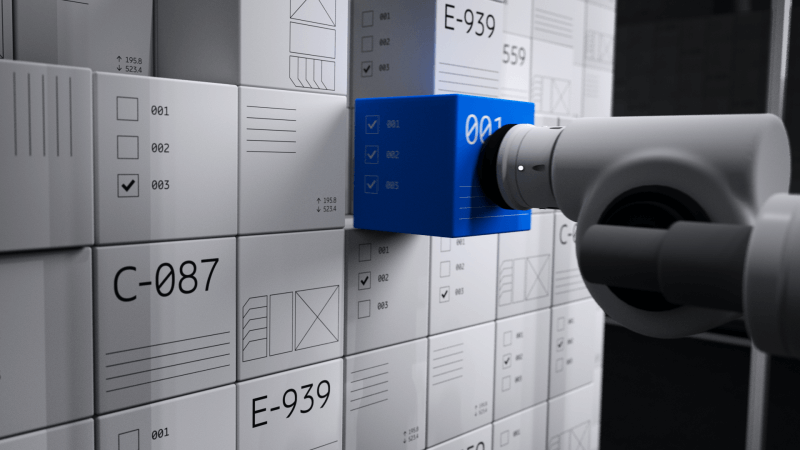Ericsson has unveiled the next steps in the evolution of cellular IoT and launched new solutions that will enable service providers to address a larger part of the IoT market with diverse use cases across verticals including automotive, manufacturing, and utilities.
Ericsson outlines cellular IoT evolution in four market segments: Massive IoT, Broadband IoT, Critical IoT, and Industrial Automation IoT. Two of these segments are new – Broadband IoT and Industrial Automation IoT.
Broadband IoT adopts mobile broadband capabilities for IoT and supports higher data rates and lower latencies than Massive IoT. Industrial Automation IoT will enable advanced industrial automation applications with extremely demanding connectivity requirements.
In line with its cellular IoT vision, Ericsson is launching enhanced functionalities for Massive IoT and new solutions for Broadband IoT.
According to the tech firm, one example of Massive IoT enhancement is the NB-IoT Extended Cell Range 100km, which stretches the standards-based limit from around 40km to 100km through software updates without changes to existing NB-IoT devices. This opens huge opportunities in IoT connectivity in rural and remote areas, particularly for logistics, agriculture and environment monitoring. Ericsson has deployed NB-IoT data connections up to 100km with Telstra and DISH.
The Broadband IoT solutions being launched include drone detection and link control, radio access network (RAN) slicing, Advanced Subscriber Group Handling, and Multi-Gigabit LTE for 2Gbps data throughput and around 10 millisecond latency. The new solutions will enable a wide range of use cases in automotive, drones, AR/VR, advanced wearables, smart manufacturing, and smart utilities.
Fredrik Jejdling, Executive Vice President and Head of Networks, Ericsson, said, “Cellular IoT is moving from early adoption with Massive IoT to global rollout. We are now describing ‘what’s next?’ for our customers and how they can make the most out of their 4G and 5G investments on the same network and address more advanced IoT use cases across industries.”





